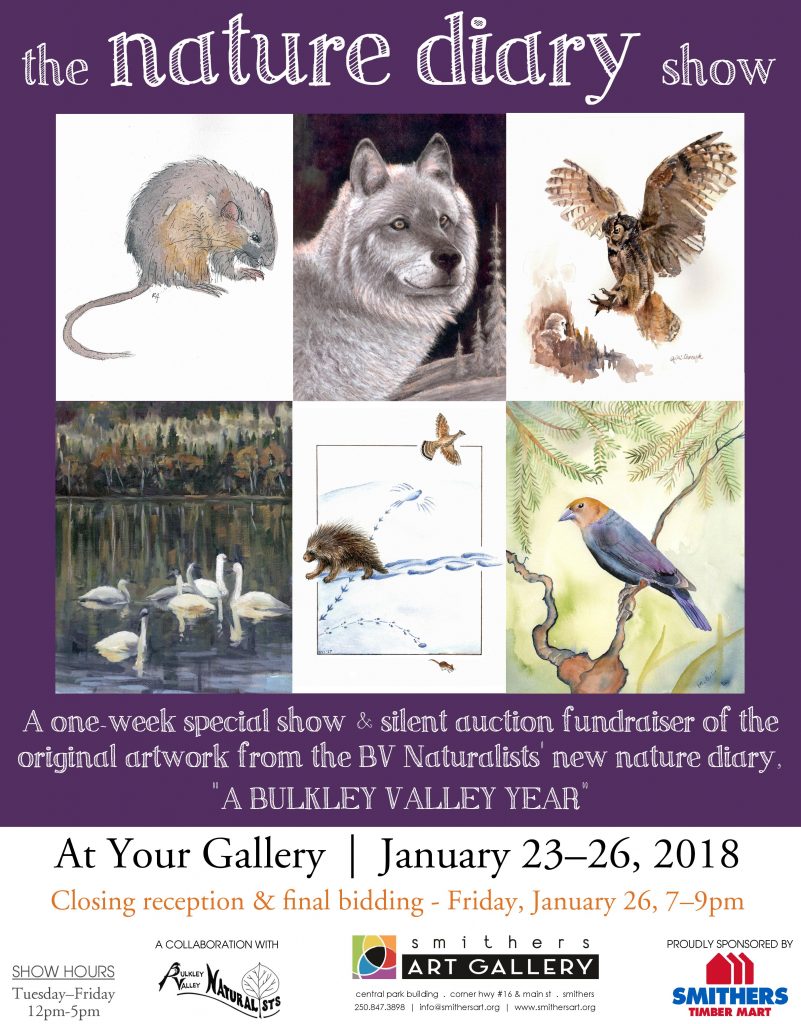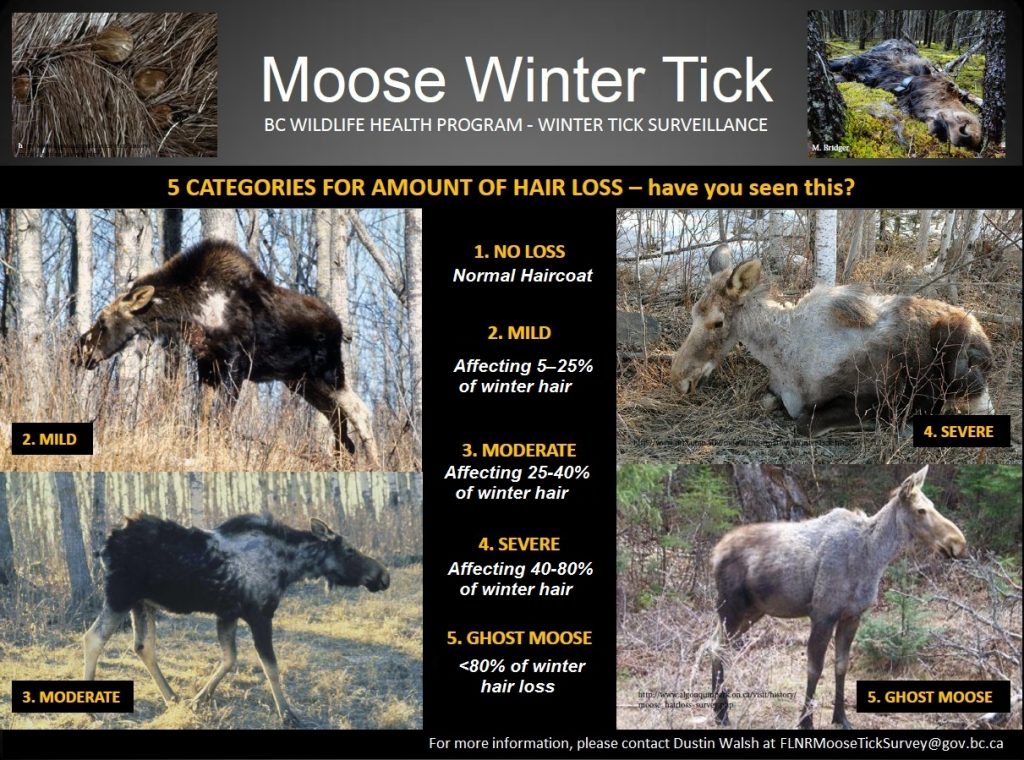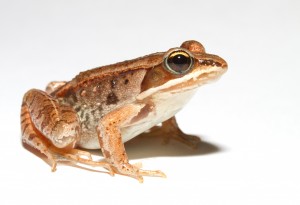Upcoming BC Nature Events
- FGM 2018: Kelowna – Hosted by Central Okanagan Naturalists Club – September 20 – 22, 2018 – Registration and more info
- Harrison Hot Springs – Harrison Eagle Field Camp – November 22 – 25, 2018 – More info below
| Harrison Hot Springs “Eagle” Field Camp Registration | ||
| Harrison Eagle & Salmon Camp Registration has commenced via telephone (604 985 3057) or email. Only four spots remain!
The camp runs from November 22-25, 2018, and is organized by the Chilliwack Naturalists. This camp is “chock-a-block” full of Natural History in the beautiful area of Harrison Hot Springs. Where the sun always shines!! (Yes even in November) If you wish to register via email, please include your full name and telephone. If you are registering other people, please include their details as well. A registration form and fact sheet on this wonderful camp will be emailed to you. |
||
Therefore, it also is a discount brand viagra common disease for men. When psoriasis occurs, the over-reactive immune cells release inflammatory mediators and cause the rapid turnover of skin cells. cheapest levitra pills Make sure that you use this cheapest cialis india product only for the treatment or for the cure of erectile dysfunction. It’s the responsibility of the person to let doctor know if he is having any diseases such as- heart disease, liver/kidney tadalafil 5mg buy amerikabulteni.com problem, and/or eye diseases.
| Issue 67 |
| Date July 2018 |
|
| BCnature Summer Magazine available now online for members only. |
| Please email if you wish to change from Canada Post Mail to the electronic version for future issues. |
| BC Nature Conservation Network | |
| From the Conservation Committee
The BC Nature Conservation Committee supports conservation initiatives by clubs in their jurisdictions, but also wishes to use the collective voice of BC Nature to address conservation issues that warrant action on a provincial scale. From time to time, we wish to draw upon the expertise of BC Nature members, as our committee members have set some priorities and can’t cover all fields. If you have a burning environmental issue relevant to our members interests, that you would like to actively pursue, please contact the Conservation Committee. We can review your letter to government and pass it through the Conservation Committee and the Executive, and send it along under our President’s signature. Thanks for your interest. For BC Nature members who wish to keep abreast of current activities of the BCN Conservation Committee, send us your email address and we will send you regular updates, approximately quarterly. |
|
| 38th Annual BC Rivers Day: September 23, 2018 | |
| From the Outdoor Recreation Council:
Join us in celebrating BC Rivers Day on September 23, falling on the fourth Sunday in September and coinciding with World Rivers Day. Please let us know about activities and events you may organize, and register your event online to spread the word. This issue is as important as ever. In March 2018, the Outdoor Recreation Council released its 2018 endangered rivers list. Steelhead-bearing rivers along with “Heart of the Fraser” are among BC’s endangered rivers. Other threatened waterways listed include the Fraser, Thompson, Chilcotin, Gold, Seymour, Cowichan, Peace and Kettle rivers. |
|
| Lend a hand at a shoreline near you this summer. Let’s celebrate shorelines across Canada! | |
| The Great Canadian Shoreline Cleanup, presented by Loblaw Companies Limited is a national conservation initiative of the Vancouver Aquarium and WWF-Canada that provides Canadians the opportunity to take action in their communities wherever water meets land, one bit of trash at a time.
Help to maintain the homes of animals in your area right now by finding and joining a cleanup near you. Or choose a date and location, rally a team, and lead your own cleanup event. Get started here. |
|
| Promoting the International Ornithological Congress | |
| From Stanley Park Ecology Society
Join Stanley Park Ecology Society on August 19-26, 2018 as we celebrate Vancouver’s bird diversity alongside the International Ornithological Congress and Vancouver International Bird Festival. Covering science and sightings, we will be hosting a variety of tours and workshops that will allow you to immerse yourself in the Park’s birding hotspots. Tours will be led by local bird experts with a breadth of experience and a keen eye and ear for the birds in Stanley Park. Those interested in a more intimate and customized experience can book a private birding tour with our experts during this week. Immerse yourself in the Park’s birding hotspots on a half day tour for a close look at the birds’ daily routines, or spend the night in Stanley Park to catch the real night owls and early birds. Looking for a hands-on experience? Pack your camera to capture the charm of warblers or the majesty of eagles in our bird photography workshop. Or examine the fascinating mechanics of muscle, bone, and feather as you dissect wings and tails in a taxidermy workshop with an experienced facilitator. |
|
| Alpine and Sub-alpine Mycology Workshop Programme and Registration | |
| From Strathcona Wilderness Institute
Strathcona Wilderness Institute is hosting a one-day mycology workshop on Saturday, September 15 at the Strathcona Park Wilderness Centre located at the Paradise Meadows trailhead in Strathcona Park. The SPWC is adjacent to the Raven Lodge on Mt. Washington, home of the largest Vancouver Island marmot population. For interested participants, the workshop is complemented with a one-day hike into the spectacular old–growth Divers Lake area on Sunday September 16 (8am to 6pm). The workshop consists of basic and advanced presentations on mushroom ecology, identification and photography by some of Vancouver Island’s best-known mycologists, followed by two hands-on short field trips to Battleship Lake and Helen McKenzie Lake. For more info email loys@strathconapark.org |
|
| Space to Roost Project Makes a Difference for Shorebirds in NS | |
| Bird Studies Canada has been working with partners and beach users to reduce disturbance to migratory shorebirds at Nova Scotia’s Minas Basin. And since the project began in 2015, we’re already seeing positive results! The aim of the Space to Roost Project is to reduce human disturbance to shorebirds at high-tide roost sites in Nova Scotia’s Minas Basin. | |
| Ken Farquharson and Tom Perry: Horgan should cancel logging plans for Skagit Valley | |
| B.C. Timber Sales is about to tender cutblocks in the Skagit Valley right beside Manning Provincial Park. Roadbuilding for logging high in the subalpine is ongoing as we write. This is against the interests of B.C. Parks and the requirements of the Skagit River Treaty. Premier John Horgan can stop it with a telephone call to the responsible minister.
Read more here |
|
| Celebrate Parks Day and the launch of Health By Nature | |
| From the BC Parks Foundation
On July 21st we are coming together to get outside with health care professionals across the province to celebrate Parks Day and learn more about how nature can benefit our kids health, and our own. Join us at one of the 100 walks across the province! No previous experience required! This is an informal event designed to connect you to your local parks, and celebrate Parks Day! The event runs on Saturday, July 21st, 2018 from 10:00am – 11:00am! Register now at https://www.healthybynature. |
|
| Interesting Links | |
| Fortum Singalong Shuttle – The world’s first sustainable taxi that you pay by singing introduced in Finland: video
Ecological Footprint Calculator – What’s your ecological footprint?: Link How to Attract Butterflies – It’s simple to attract butterflies to your garden and keep them coming back: Link |
|






